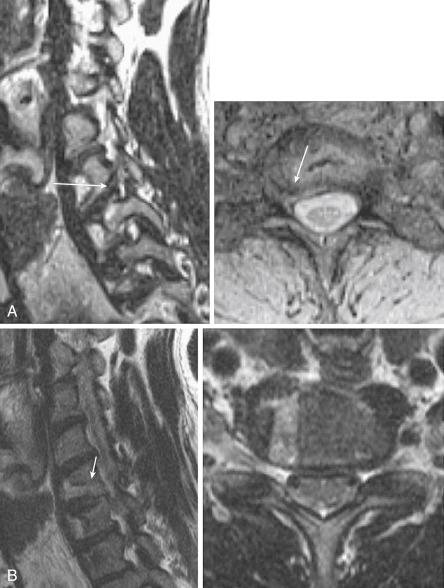Physical Address
304 North Cardinal St.
Dorchester Center, MA 02124
|
|
|
|
|
|
|
|
Cervical radiculopathy is mainly caused by anterior cervical disorders, including cervical disk herniation and uncovertebral osteophytes. Smith and Robinson and Cloward established the anterior approach to treat the cervical spine. In 1968, Verbiest reported using the anterolateral approach for cervical foraminal stenosis, and in 1976, Hakuba introduced the transuncodiskal approach. In 1996, Jho reported transuncal microforaminotomy, which was similar to the Hakuba technique but simpler, preserving the disk. Choi and colleagues proposed a modification of upper vertebral transcorporeal anterior cervical microforaminotomy (ACF), which starts with a drill hole at a relatively medial position compared with the previous technique. This newer concept of transcorporeal ACF offers direct decompression of the cervical nerve root while preserving the uncovertebral joint and intervertebral disk integrity and avoiding injury to the vertebral artery and the cervical sympathetic chain. The goal of this chapter is to review the preoperative and postoperative considerations, surgical technique, complications, and results of ACF procedures.
Eligible patients are those with persistent unilateral cervical radiculopathy and pain unresponsive to conservative treatment for longer than 6 weeks. If patients continue to have severe radicular symptoms not alleviated by opioids or have profound motor deficits, consideration for earlier operative intervention is indicated. Physical examination that shows a positive Spurling sign and weakness or sensory loss in a corresponding pain dermatome secondary to cervical radiculopathy can be expected. However, examination findings consistent with myelopathy, such as a positive Lhermitte sign or Hoffmann sign, are considered contraindications to ACF.
The required preoperative imaging study includes oblique and dynamic flexion and extension lateral radiographs, magnetic resonance imaging (MRI), and computed tomography (CT) scan. Foraminal MRI, which consists of axial MRI images obtained perpendicular to the cervical foramen, is also helpful in evaluating foraminal disorders. The extension of disk herniation or osteophytes, calcification and migration of disks, and location and variation of the vertebral artery in the transverse foramen should be checked in preparation for the operation. Axial CT scan and sagittal CT reconstruction images are useful in determining the location of the drill hole and for measuring the transcorporeal trajectory.
ACF is indicated when the history and examination confirm persistent unilateral radiculopathy that correlates with preoperative imaging studies demonstrating posterolateral disk herniation or uncovertebral osteophytes that compress the cervical nerve root anteriorly. In patients with multilevel disease or vague symptoms, electrophysiologic study, including nerve conduction velocity and electromyography, may help confirm the diagnosis. Multilevel foraminal stenosis and disk herniation are not often present and also can be indications for ACF ( Fig. 33-1 ).

Bilateral foraminal stenosis, predominant axial neck pain, signs suggestive of infection, instability, and the presence of myelopathy are contraindications to ACF. Unilateral foraminal decompression performed in the presence of bilateral foraminal stenosis may aggravate the development of radiculopathy on the contralateral side. Axial neck pain secondary to degenerative cervical disk disease is also a contraindication to ACF. Anterior cervical diskectomy and fusion (ACDF) may be an option in patients who are not candidates for ACF.
Become a Clinical Tree membership for Full access and enjoy Unlimited articles
If you are a member. Log in here